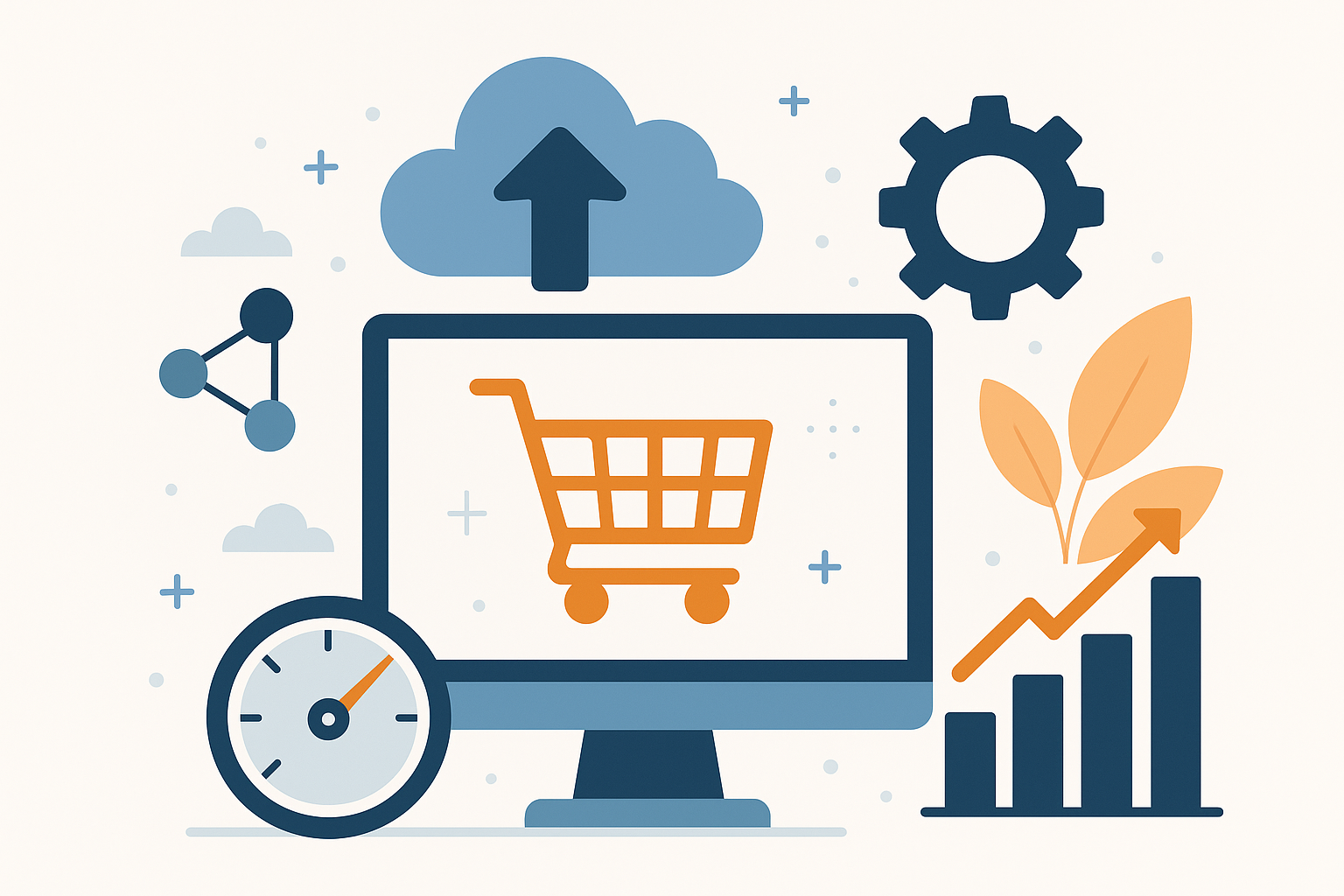In the early days of influencer marketing, brands used creators as megaphones. In other words, influencers were there to broadcast a product to their audiences.
Campaigns were transactional, where influencers would get paid for a sponsored post or a product placement.
Things have changed since then, because consumers are smarter now. It’s easy to spot inauthentic promotions, which leads to a drop off in influencer trust.
Brands and creators shouldn’t focus on promotions. Instead, they should emphasize partnerships. Creators who become actual partners can help build more sustainable revenue streams.
The Evolution of Creator-Brand Relationships
Influencer marketing was an experiment. Brands would tap into a creator’s following on social media to drive impressions. It worked at first, but it’s not as effective nowadays.
Consumers started looking elsewhere, engagement dropped, and it made no sense to justify ROI on one-off campaigns.
Similarly, creators have changed the way they approach their work. Now, they want to build loyal communities and develop entrepreneurial instincts. Long-term sponsorships seem like the thing of the past.
From a brand’s perspective, it’s time to realize that the future isn’t about renting an influencer’s audience. Instead, it’s about building something together.
Why Genuine Partnerships Are Superior
Brands that treat content creators as true partners instead of disposable promoters can take advantage of a few perks:
- Shared growth: creators who see genuine interest from a brand and an opportunity to grow will be more motivated to succeed and help out.
- Loyalty and consistency: regular collabs help embed a brand into a creator’s story, making it part of their world rather than just a one-time thing.
- Trust and authenticity: content creators thrive in an environment where they build trust with communities. The audience also responds favorably when it’s a genuine endorsement rather than an obvious scripted promotion.
Remember that partnerships are better not just for creators. It’s also better for the business.
Models of Sustainable Creator Partnerships
There is no be-all and end-all model, but a few are proving to be quite effective.
1. Licensing and syndication
Brands have an option to extend creator content by having it shared on multiple platforms and compensating for it fairly.
2. Product co-creation
From limited-edition drops to full and proper collaborations, creators bring their own unique twist and offer insights into audience needs. When products are co-designed, fans are interested not just in the product itself but also the story behind it.
3. Equity and co-ownerships
Brands should consider offering creators equity stakes. This makes creators true stakeholders and builders, rather than just promoters.
4. Revenue sharing and affiliate partnerships
Rather than agreeing to flat fees, creators earn a percentage in this instance. Each product sold incentivizes the creator to put more effort. Incentives align directly with outcomes.
Principles to Create a Successful Partnership
To ensure that the partnership is smooth, both sides have to embrace certain principles and stick to them.
- Long-term thinking: Commit to building a long-term partnership that lets both parties grow over time.
- Mutual respect: Some bumps down the road are expected, but it’s imperative to treat each other with respect.
- Creative freedom: Creators should have the freedom to express their authenticity. Lacking that will lead to negative feedback from the audience.
- Transparency: There should be clear terms on revenue splits, expectations, and ownership.
These are the most important principles that should help build fundamentals and work out the rest later.
Challenges and Ways to Overcome Them
The whole partnership idea comes with its own challenges. One of the standout issues is how a brand should approach controlling the creator. If the control becomes too much, the content loses authenticity and backfires.
Trusting the creator is a must in this case, though some guardrails are still recommended to ensure things don’t get out of hand.
Measuring ROI is another one. When you are running ads and tracking metrics like CTR, ROAS, or conversion rates, it’s pretty clear.
However, it’s not enough in modern digital landscapes. Long-term brand lift requires extra effort to ensure success in the long run.
Attention metrics like reading time, watch time, shares, completion rates, and general messaging framework all play an important role. They can be a nuisance to keep an eye on, but moving beyond usual metrics feels inevitable at this point.
What the Future Has in Store
It feels like the line between an entrepreneur and a creator is slowly blurring. Creators are launching their own products, software, and other ventures. Brands that are smart will not try to fight off this trend. Instead, they will lean into it.
It’s also worth noting that platforms are advancing as well. New technologies enable transparent revenue share and the development of ecosystems where creators are compensated for their effort properly. The future looks to be set for creators becoming more than just voices in a marketing campaign. They will be true partners in building enduring brands.
Published: September 21, 2025





